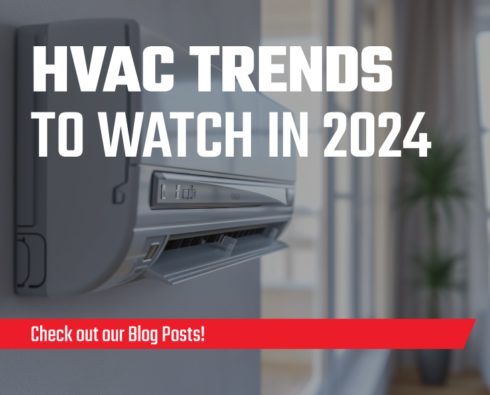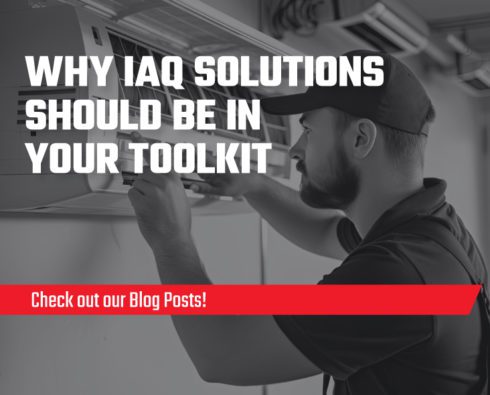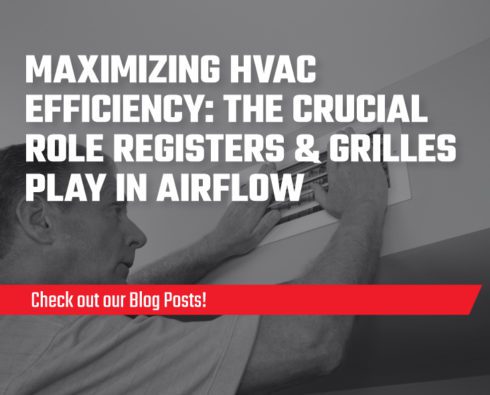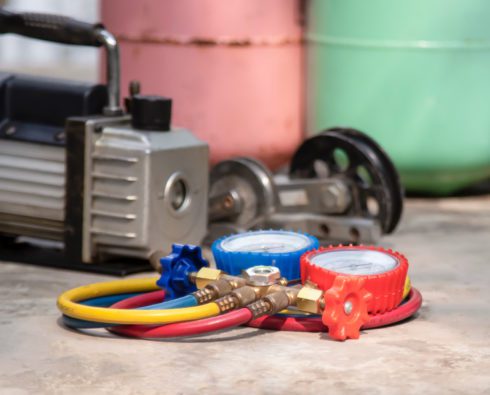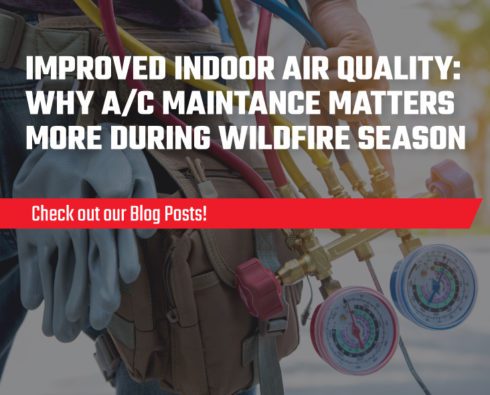
The Transition from Air Conditioning to Heating: Best Practices for a Smooth Seasonal Changeover
For HVAC professionals, the transition from summer to winter is an important one. It’s a time of year when HVAC systems need a little extra attention to ensure they handle the changing seasons efficiently.
In this post, we’ll look at how HVAC pros can help homeowners transition from central air conditioning to furnace-powered heating, as well as shifting from cooling to heating mode with a heat pump.
Why a smooth seasonal changeover matters
When an HVAC system isn’t constantly dealing with fluctuating temperatures, it operates more efficiently. For instance, if your central AC system is preset to maintain a specific temperature during a series of unexpectedly cool days, the system will be cycling on and off much more frequently than it should. These scenarios don’t just consume more energy, they also lead to premature wear and tear.
Ideally, central AC systems are shut down for the winter and heat pumps are switched over to heating mode. This ensures the transition from summer to winter is timely and smooth, which can extend the equipment’s lifespan.
Transitioning from central AC to furnace-powered heating
Before switching over from air conditioning to heating for the winter, a few important maintenance checks are a good idea. HVAC systems naturally accumulate wear and tear over time, so it’s in a homeowner’s best interest if an HVAC pro checks their equipment for any damage, such as blockages or refrigerant leaks. Even ductwork should be inspected and cleaned out at this time.
Once these checks are complete, the central AC unit should be shut down for the winter by disconnecting it from power, cleaning it from debris and dust (particularly the condenser), and covering it to protect it from harsh winter weather, such as ice and snow.
After the AC unit is shut down, you can shift your focus to the furnace. Start by checking the pilot light ignites correctly, the thermostat is working accurately, and a new filter has been installed.
Last but not least, a few safety precautions are never a bad idea. Ensure the area around the furnace is clear of any flammable materials that may have been placed near the furnace over the course of the summer. For gas-powered furnaces, always ensure a working carbon monoxide detector is installed nearby, and if one already is installed, this is a good time to replace the batteries with some fresh ones.
Transitioning from summer to winter with a heat pump
The dual functionality of heat pumps means they present a unique challenge when transitioning between seasons. Their versatility requires a meticulous approach to ensure their optimal performance year-round.
At the heart of this versatility is the reversing valve, which allows a heat pump to toggle back and forth between heating and cooling. This component is critical in determining the flow direction of the refrigerant, which in turn determines whether the heat pump is heating or cooling the indoor space.
As such, ensuring the smooth operation of the reversing valve is paramount. Any signs of sticking or jamming can significantly hinder the heat pump’s performance and may even risk damage to the system. Regular inspections can help prevent potential issues from cropping up and allow for timely interventions and maintenance.
Additionally, the exterior unit of the heat pump should be cleared of dust and debris, the entire system should be inspected for refrigerant leaks, and the filters should be replaced.
With these maintenance checks completed, the heat pump thermostat can be switched to heating mode and tested to ensure it’s operating accurately. If a home doesn’t already have smart thermostats installed, they can be a timely upsell as part of your service and maintenance visit.
Helping homeowners manage their HVAC transition
Regular maintenance is critical to the longevity and efficiency of an HVAC system, and the transition between heating and cooling seasons is an ideal time to schedule checkups.
Helping homeowners understand the benefits of this is key to building trust-based relationships with your HVAC clients. Regular maintenance not only prolongs the lifespan of the equipment but also optimizes its performance, translating to tangible reductions in energy bills. An efficiently running system consumes less power, and by consistently maintaining it, homeowners can see these savings month after month.



